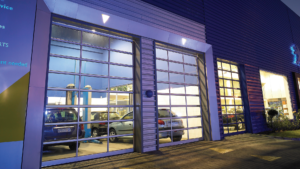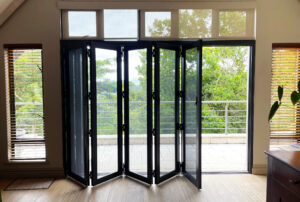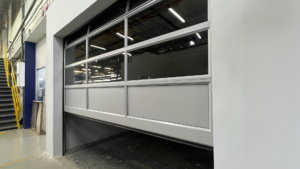A study shows that a home is burglarized every 15 seconds. One of the most common access points that burglars use to get into a property is its windows. Research found that around 23% of burglars use a first-floor window to enter a property they burglarize.
Burglar proofing your windows will help you steer clear of safety issues, which is a good enough reason to consider the task a priority and not a matter of choice.
A must-do before securing your windows
Before starting to secure your windows, survey your property. Take a good look at the basement and garage windows that are easy to reach from the ground. Make a list of windows that provide easy access to the interior of your property. Note the types of locks they currently have. Your list must include details regarding the type of windows (such as double-hung or casement) your property has.
If you have old or malfunctioning locks on your windows, consider replacing or augmenting them to improve your window security. When looking for new locks and fastening devices, keep fire safety in mind.
If one or more of your windows are highly vulnerable to break-ins, replacing their locks won’t help your cause, and you must consider replacing your standard glazing with high-security glass or impact-resistant acrylic.
Anatomy of a window
A window is usually made up of the following parts:
- Stiles: Positioned on the sides of the window, stiles offer vertical support to the frame of the window stash.
- Muntins: Muntins are usually used to enhance the aesthetic appeal of a window. They snap into place over the glass and can also be used to hold the glass in place, dividing it into different sections. While most muntins are installed either on the outside or inside of the glass, some are installed on both sides. Thermal-insulated windows often feature muntins sandwiched between two panes of glass. These glasses are easy to maintain.
- Sash: Designed to hold the glass in its place, the sash runs along the top and bottom and the stiles.
- Rails: Connect the stiles or vertical pieces of the window. They are horizontal. Rails are a part of the mechanism that is designed to hold the glass in its place.
- Stool: The sill protrudes out on the bottom of the window into the interior.
- Side casing and head casing: Casing provides a finished look. It surrounds the entire window, covering the space between the window and the wall.
- Jambs: Jambs form the window frame. Jambs run from the top of the window to its bottom. They hold the sash.
- Glazing: It enhances a window’s aesthetic appeal. Glazing also prevents dirt and dust particles from entering the area. Glazing can be single, double, or triple thickness. Many property owners use double/triple glazing due to their energy-efficiency. Glazing compound, a putty helps hold the glass in its position.
- Latch: It is a locking device. It is usually attached at the point where two rails meet. In awning windows, the latch is attached to the bottom rail, whereas most casement windows have a latch installed on the stile. The latch is designed to help close/seal the window.
Window security tips
Use window locks
Even if your windows have locks, consider getting aftermarket locks. These locks provide an extra layer of security, helping decrease the chances of a burglar or home intruder targeting your property. Some popular types of window locks include:
- Pin locks: Designed to prevent intruders from lifting the window, pin locks are usually installed on ground floor windows.
- Sash locks: Usually installed on a double-hinged window, a sash lock allows the window to open.
- Keyed locks: As the name suggests, a keyed lock come with a key that can be used to open or close the lock.
- Hinged wedge locks: Usually installed on double-hinged windows, a hinged wedge lock prevent the window from being opened. The placement of the lock can be adjusted.
Opt for window security bars and security film
One of the most effective and inexpensive ways to secure your windows is getting security bars, grids, or guards installed. Security bars are available in different materials, including metal and plastic. To ensure easy exit in case of an emergency, leave at least a couple of windows without security bar installation.
Property owners who consider window bars intrusive can get security films installed. Films can be easily applied and removed. Additionally, their size can be easily modified to fit panes of different sizes. Popular window security film materials and types used for window proofing include tinted, decorative, and frosted white.
Look for window sensors
If you use a home security system, the chances are that your window already has sensors. A window sensor sends an alert to the home security system whenever the window on which it is installed is lifted.
Replace your window glass
If you are willing to spend a little more, get your window glass replaced with shatter-resistant window glass. Some common materials used for manufacturing shatter-resistant window glasses include plastic, acrylic, and polycarbonate. These glasses are lightweight, easy to install, and designed to resist high impact.
Install floodlights/motion lights
Bright floodlights are a potent deterrent. If you want to monitor your property, consider getting motion sensors installed with floodlights. Some motion lights send motion-activated alerts to your phone and can even sound an alarm.
To take it further with securing your windows, see Burglar Windows – 3 Perfect Designs To Go With.



